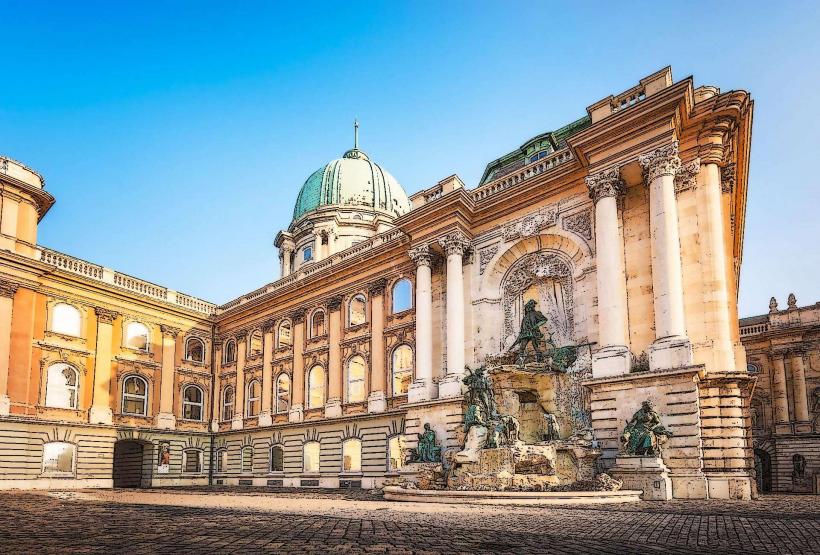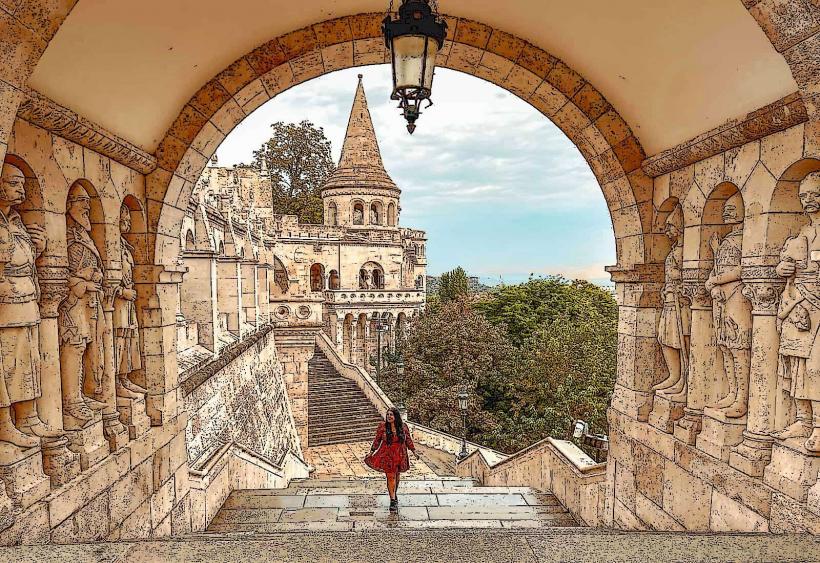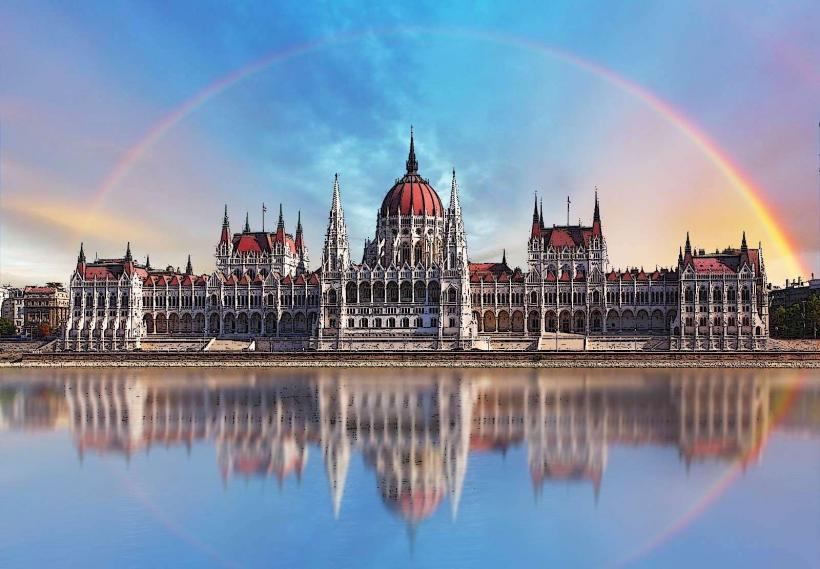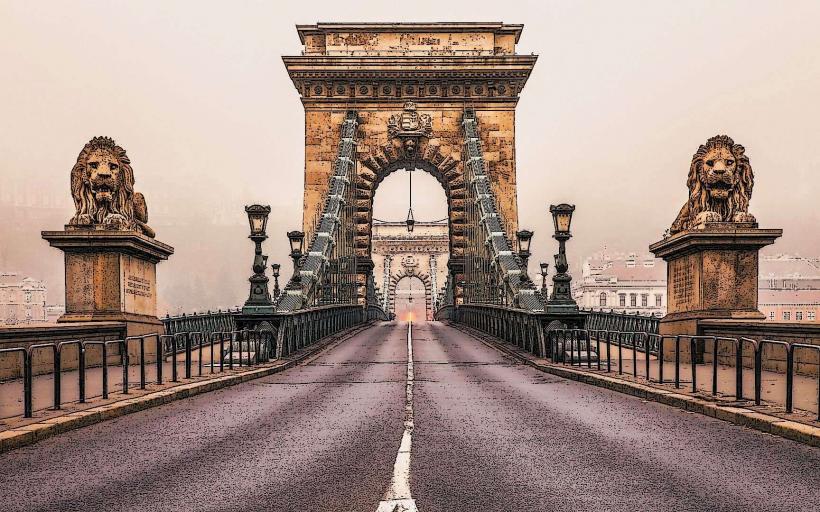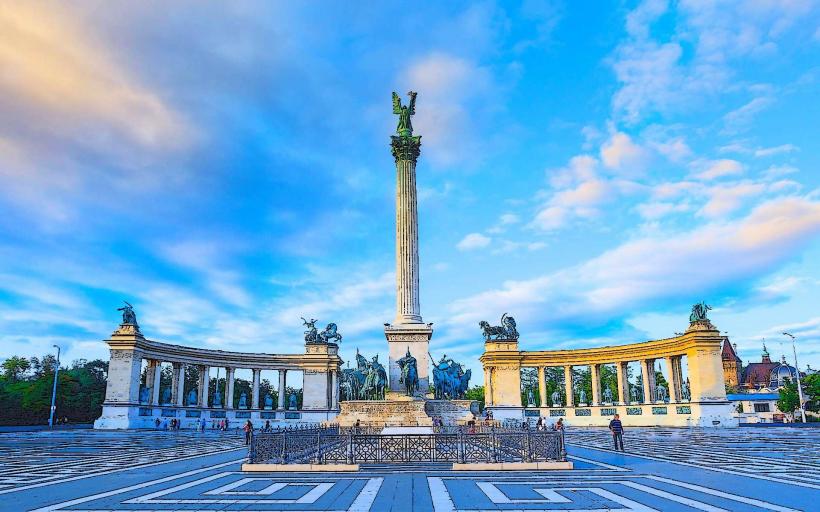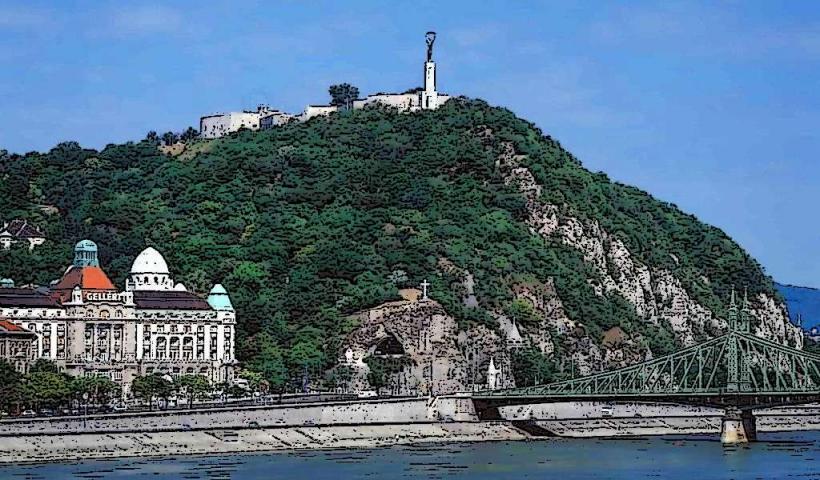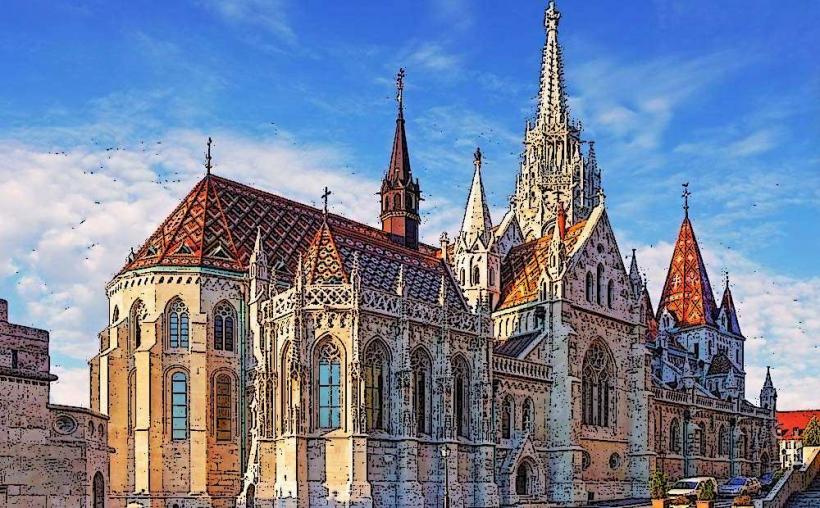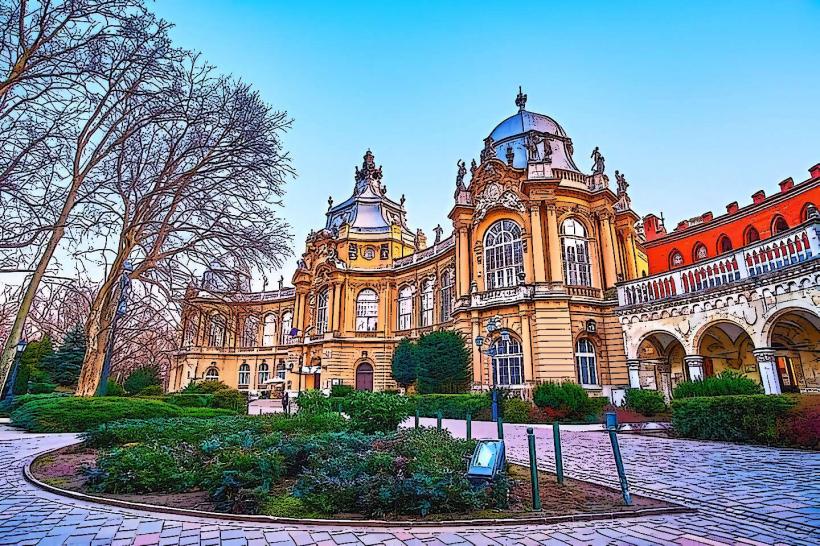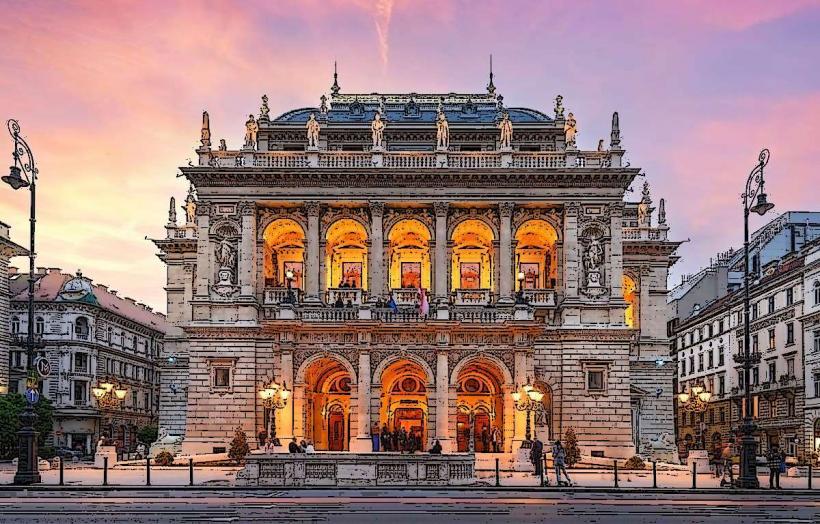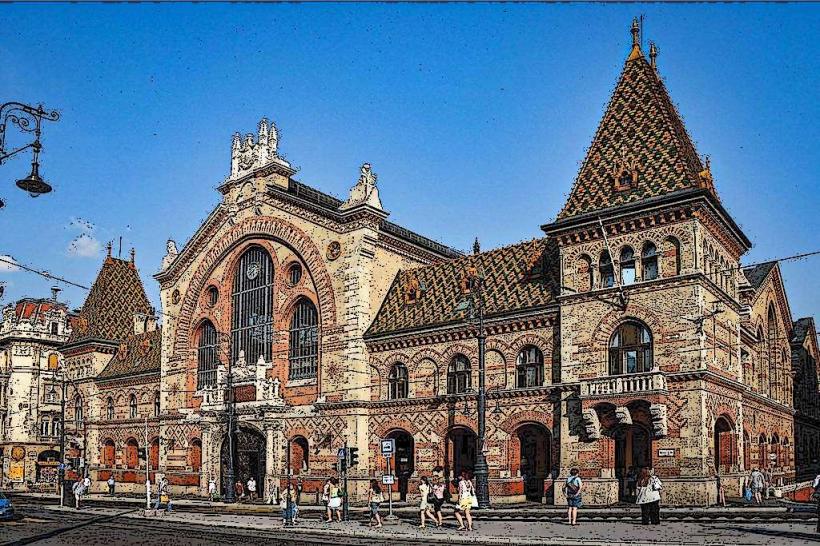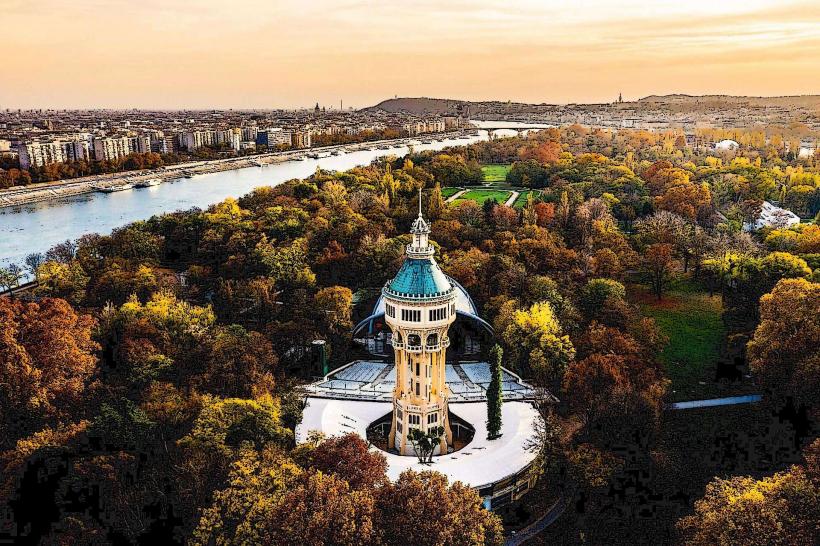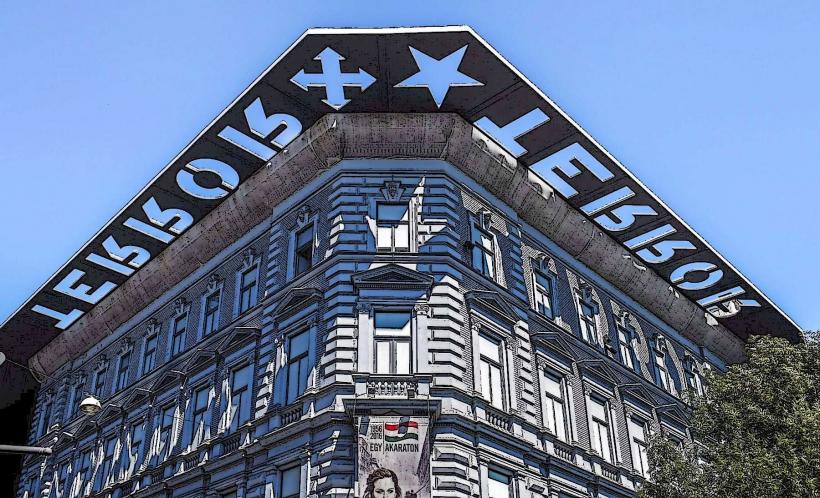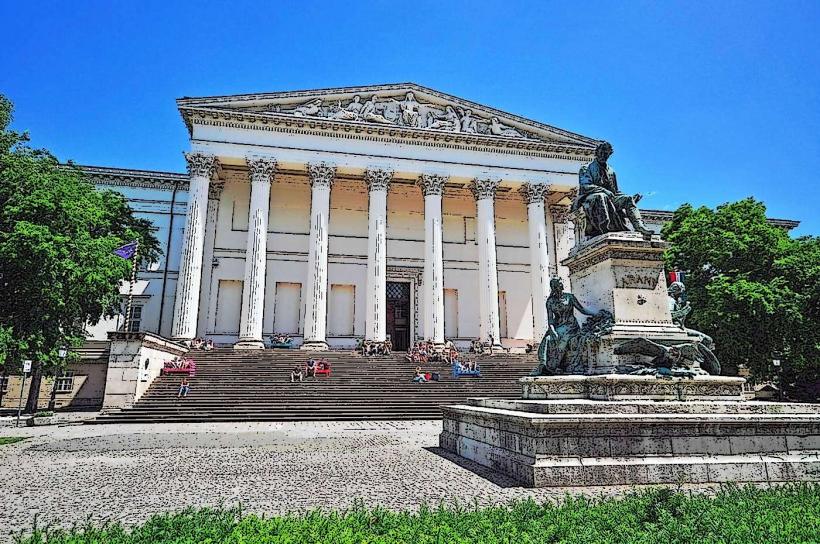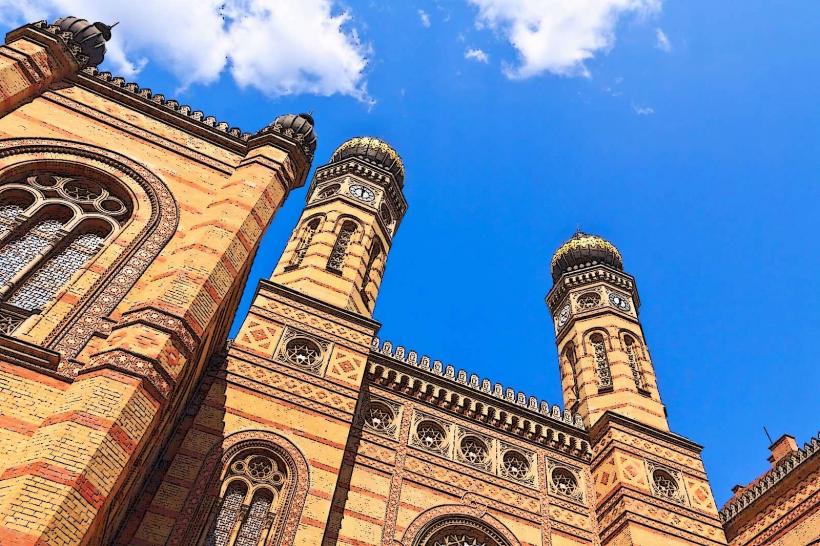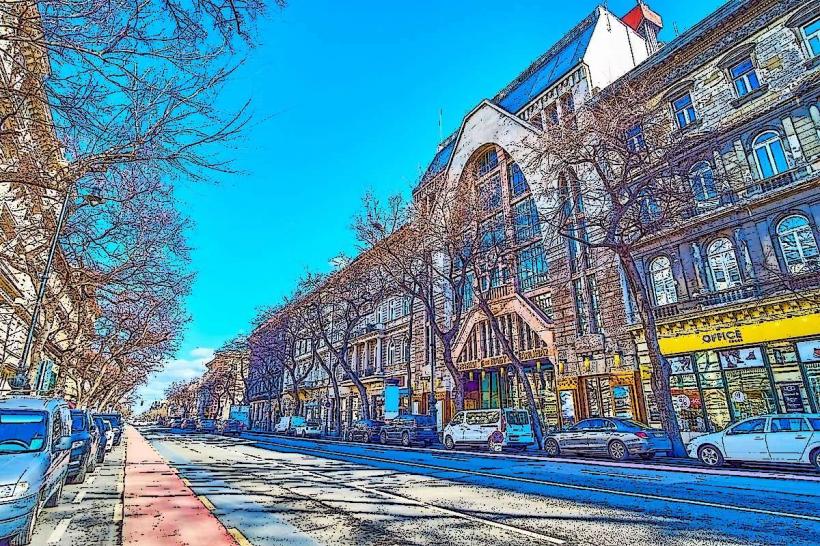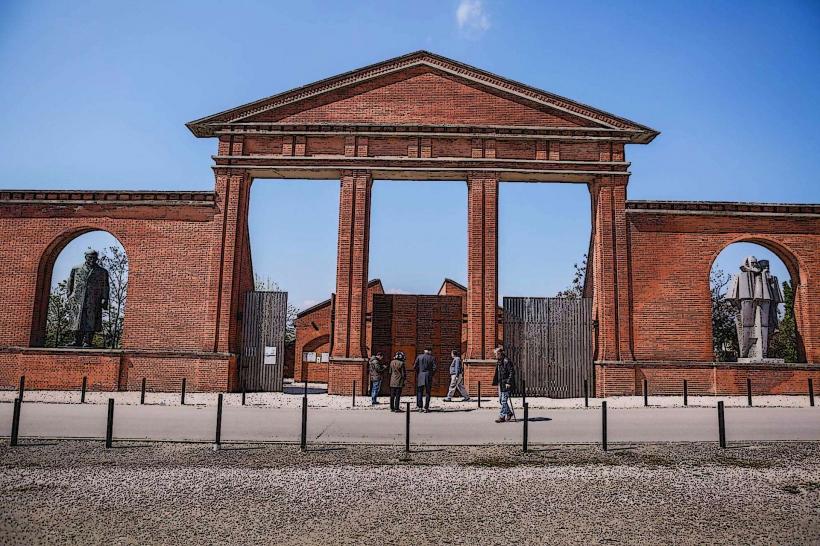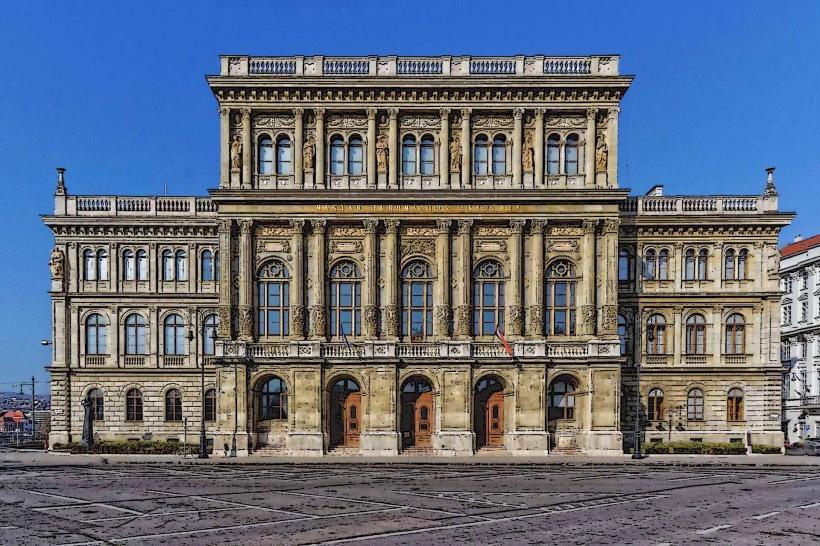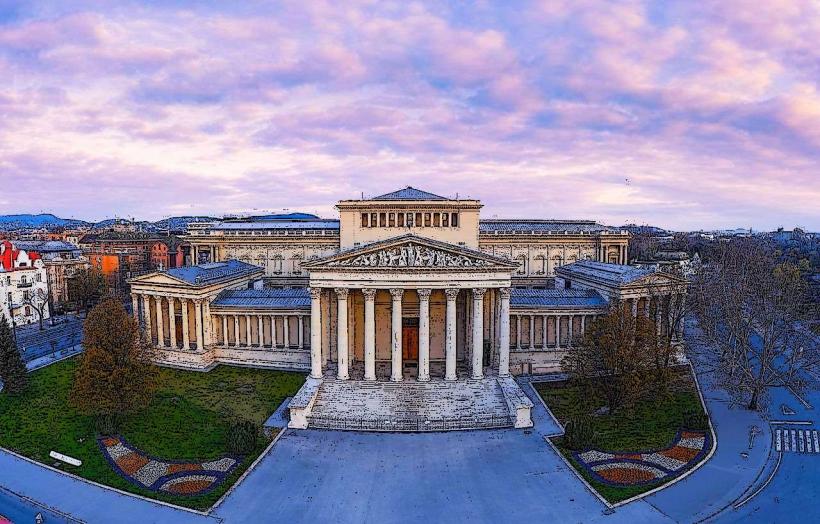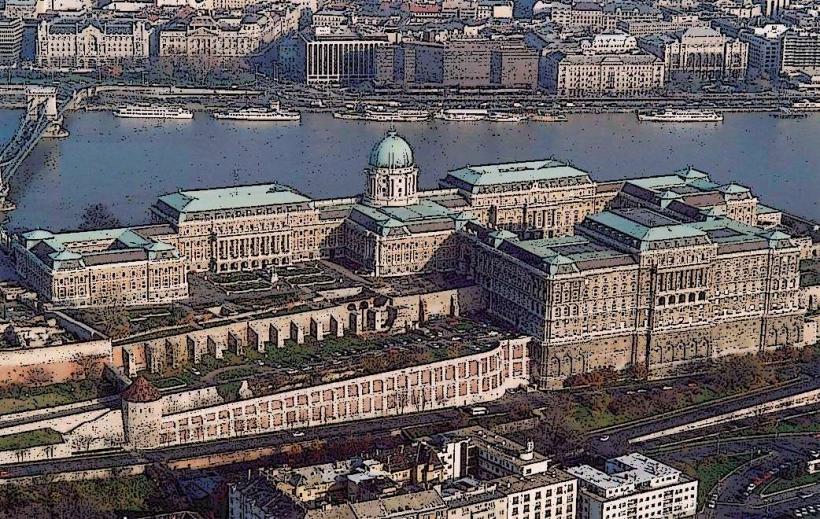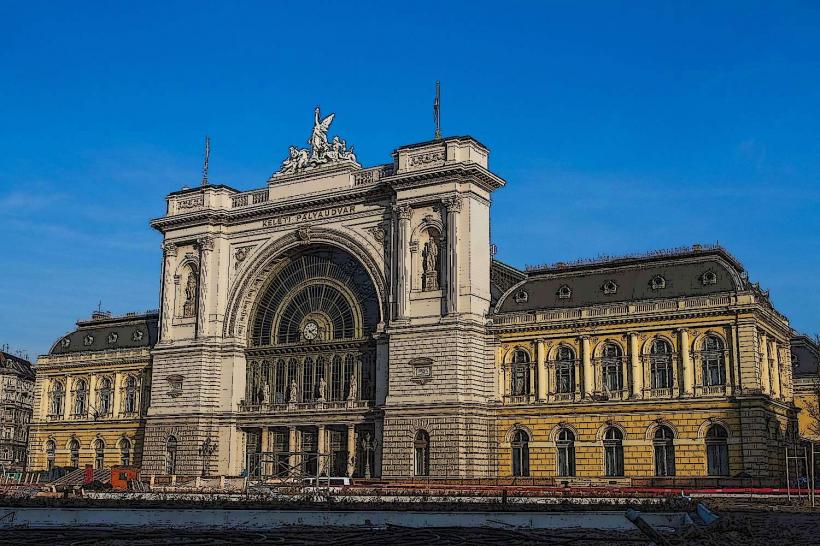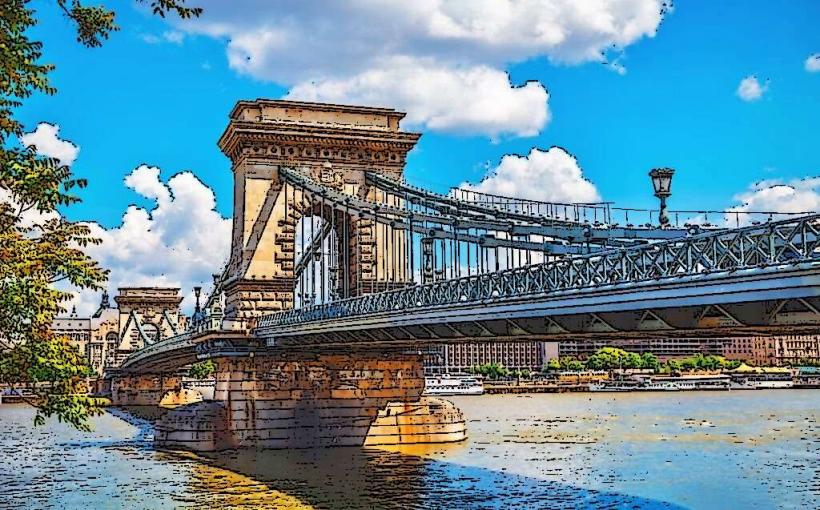Information
Landmark: St. Stephen's BasilicaCity: Budapest
Country: Hungary
Continent: Europe
St. Stephen’s Basilica (Hungarian: Szent István Bazilika) is one of Budapest’s most prominent and magnificent landmarks, dedicated to St. Stephen, the first King of Hungary. Located in the Pest side of the city, near the Hungarian Parliament, the basilica is a defining feature of Budapest’s skyline and is regarded as one of the most important religious and architectural sites in Hungary.
History and Construction
The construction of St. Stephen’s Basilica began in 1851, and it was completed in 1905, although work on the structure continued even after its opening. The initial plans were created by architect József Hild, but after his death, the project was taken over by Miklós Ybl, one of Hungary’s most renowned architects. Ybl's designs were influenced by neoclassical and baroque elements, which are evident in the building’s striking facade and interior.
However, the basilica’s history is marked by challenges, including the collapse of the dome in 1868, which delayed construction. Despite this setback, the church was eventually completed under the supervision of Frigyes Schulek in the early 20th century.
Architectural Features
St. Stephen’s Basilica is a prime example of neoclassical architecture, with a grand, symmetrical design that incorporates baroque and renaissance elements. Its iconic dome and facade make it one of the most recognizable buildings in Budapest.
Key Features:
- Facade: The basilica’s main entrance is grand, flanked by massive columns and adorned with statues of important religious figures. The facade is designed in a neoclassical style, with corinthian columns and intricate carvings.
- Dome: The most striking feature of St. Stephen’s Basilica is its dome, which rises to 96 meters (315 feet) and symbolizes the year of Hungary’s millennium, 896. The dome is visible from many parts of Budapest, and visitors can climb to the top for panoramic views of the city.
- Interior: Inside, the basilica is equally impressive, with a spacious, central nave and richly decorated altars and chapels. The interior is adorned with frescoes, stained-glass windows, and marble sculptures that depict scenes from the life of St. Stephen and other religious themes. The highlight of the interior is the main altar, which features a copy of the Holy Right Hand of St. Stephen, one of Hungary’s most revered relics.
- Holy Right Hand: The Holy Right Hand of St. Stephen (Hungarian: Szent István Jobb Keze) is displayed in a silver reliquary in the basilica. The relic is the right hand of King Stephen and is believed to be a symbol of Hungary’s Christian heritage. It is traditionally displayed for public veneration on August 20th, the feast day of St. Stephen.
- Crypt: Beneath the basilica is a crypt, which serves as the final resting place for prominent figures in Hungary’s history. It is open to visitors who wish to learn more about the church's history and its connection to Hungarian royalty and leaders.
Significance and Role
St. Stephen’s Basilica holds significant religious, cultural, and historical importance in Hungary. It is one of the largest and most important churches in the country and serves as a center of Catholic worship in Budapest.
Key Roles:
- Religious Function: The basilica is an active place of worship and hosts daily masses, special religious ceremonies, and liturgies. It is the home of the Archdiocese of Esztergom-Budapest and the seat of the Archbishop of Budapest.
- Cultural Role: The basilica also plays a significant role in Hungarian cultural life. It hosts numerous classical music concerts, including performances of organ recitals and sacred music, attracting both locals and tourists. The acoustics in the basilica are renowned for their quality, and the building is regularly used for cultural events.
- Symbol of National Identity: St. Stephen’s Basilica is a symbol of Hungarian Christianity and the nation’s historical ties to the Catholic faith. It also represents the country’s resilience and continuity throughout various historical periods, including the Ottoman and Habsburg eras.
Tourism and Visitor Experience
St. Stephen’s Basilica is one of the most visited attractions in Budapest and offers a wealth of opportunities for sightseeing, history, and reflection. Visitors can explore both the interior and exterior, enjoying its architectural beauty and learning about its religious and cultural significance.
Key Visitor Highlights:
- Panoramic View: One of the main attractions of St. Stephen’s Basilica is the opportunity to climb (or take an elevator) to the top of the dome. From here, visitors can enjoy stunning views of Budapest, including landmarks such as the Danube River, the Parliament Building, and Buda Castle.
- Holy Right Hand: The basilica’s relic of St. Stephen’s right hand is a key point of interest for visitors, and the display is a powerful symbol of Hungary’s religious history.
- Concerts and Events: The basilica regularly hosts classical music performances, especially during the Budapest Spring Festival and other cultural events. These concerts feature works by famous composers, such as Mozart, Bach, and Beethoven, performed by renowned musicians and orchestras.
Accessibility
St. Stephen’s Basilica is located in the heart of Budapest, making it easily accessible to tourists. It is situated near several other attractions, including the Parliament Building, Váci Street, and St. Stephen’s Square.
- Opening Hours: The basilica is open to the public daily for sightseeing, with specific hours for mass and religious services. The dome and panoramic viewpoint are open during the day, typically from 9:00 AM to 5:00 PM.
- Entrance Fees: There is usually a small fee to visit the dome and the panoramic viewpoint. Admission to the main church and crypt is free, though donations are welcome.
- Public Transport: The basilica is easily accessible by public transport, including metro (M1, M2, and M3) and bus (various lines). The Bajcsy-Zsilinszky Út metro station is located nearby, making it a convenient destination for visitors exploring the city.
Conclusion
St. Stephen’s Basilica is a monumental architectural and religious site that stands as a testament to Hungary’s rich history, faith, and culture. Its grandeur, historical importance, and stunning views make it one of Budapest’s must-see landmarks. Whether you’re exploring its religious significance, enjoying a concert, or simply admiring its beauty, St. Stephen’s Basilica offers a unique and unforgettable experience for visitors to Budapest.

